The Wild Flowers of Skopelos
Blog
For those who love Skopelos and the wildflowers of Greece
The Wild Flowers of Skopelos
Blog
For those who love Skopelos and the wildflowers of Greece


















A special tree of Skopelos
the walnut (Juglans regia)
31st January 2018
Walnuts are important in the culinary repertoire of Skopelos; where they are preserved in local honey to be served with yoghurt or made into walnut cake, karithopita, for which the International Cafe is famous....more



A few more special trees of Skopelos
17th January 2018
Although a surprising number of flowers bloom in the it is during the colder months that trees seem to dominate the environment. This month four new trees have been added; all are fruit trees, which are considered to be typically Mediterranean, although there origins may still be a mystery.
Almonds (Prunus dulcis) are the first trees to bloom and a harbingers of spring, scattering the island with fragrant pale pink blossom....more
Pyrus spinosa, is a truly wild, hardy, Mediterranean tree....more
The Valonia oak (Quercus ithaburensis ssp. macrolepsis) is almost certainly the sacred oak of Zeus and the tree of the mythical oak woods of ancient Greece, where the gods and humans consorted....more
The humble fig tree (Ficus carica) is more interesting than at first apparent....more













Flowers of wetlands and damp places
27th November 2017

Skopelos has a Mediterranean climate, with not only long hot summers, but also cool wet winters. The winter rains saturate the ground, forming seasonally damp meadows, springs and streams and they refresh the small wetlands on the island, which support water-loving plants and provide an important refuge for animals and in particularly for the migrating birds, which cross the Mediterranean and use the islands as resting places.
Six new wildflowers of Skopelos have been added this month, all are plants which appear in spring or early summer and thrive in moist surroundings: they do not all appear every year. Two are species of buttercups, two are species of loosestrife, one is watercress and the last the beautiful white summer snowflake.






Skopelos flowers of autumn
27th October 2017
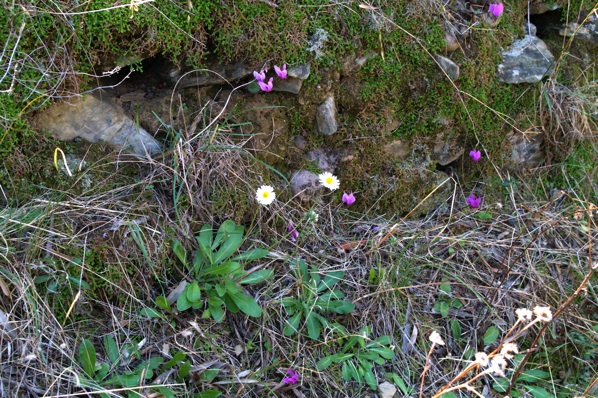
At the end of a long hot summer, the Island of Skopelos seems to breathe a sigh of relief and soon after the first autumn rains, the autumn flowers begin to appear: delicate cyclamen, from palest pink to deep magenta; bright golden autumn daffodils (Sternbergia lutea) and white lady’s tresses (Spiranthes spiralis). More subtle than these are the pure and simple wood daisies, Bellis sylvestris, which appear not only in forest clearings as their name suggests but also among the spiny herbs of the phrygana, they are distinguished from the similar perennial daisies by their late flowering and long slender stems.





Beautiful Greek orchids
31st, August, 2017
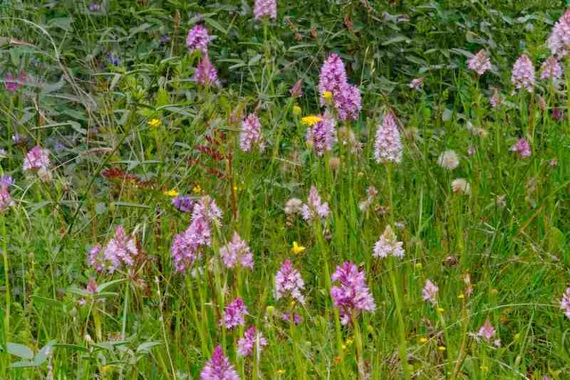
Greek orchids are not only beautiful but are also an excellent demonstration of how man can interact in a positive way with his natural environment to conserve biodiversity.* Orchids need high light levels and thrive in well cared for fields and olive groves managed on traditional principles which have been passed on in Skopelos from generation to generation.
Greece is famous amongst botanists for its large variety of terrestrial orchids and about 30 different orchids have been recorded on Skopelos. Some species form large colonies and in early summer fields may be filled with pyramidal orchids, Anacamptis pyramidalis, or the bee orchids Ophrys umbilicata. Others are more elusive and a walk on the island away from the beaches in spring or early summer may be rewarded by the discovery of an isolated specimen or small group of more unusual specimens, such as the purple birds nest orchid, Limodorum abortivum, which may remain underground for many years.
Thirteen orchids have been photographed and these have been brought together to form a new album:
Wild Flowers of Skopelos - Orchids
keep a lookout, more are awaiting to be discovered.
* Simon Pierce & Juri Belotti. The Conservation of Terrestrial Orchids.Parco delle Orobie Bergamasche and Centro Flora Autoctona della Regione Lombardia.
Magnificent Greek thistles
21st, July, 2017
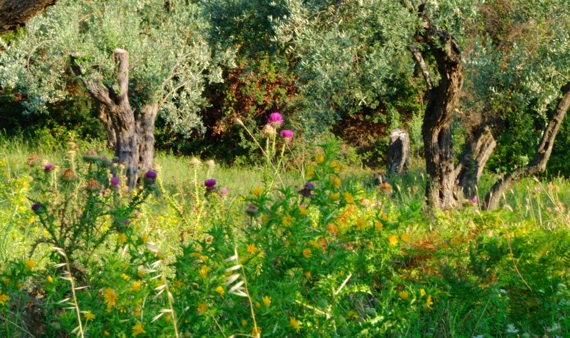
Anyone who has taken a walk through the Greek countryside will be aware of the prickly nature of the vegetation: many plants have thorns, spines or prickles. The reason that these plants have spiny structures is simple: it is so that they don’t get eaten; this is particularly important in a hot dry environment, where even a slight nibble can result in water loss. Donkeys, as anyone who has read Winnie the Pooh will know*, can eat thistles and goats will too, although they generally prefer other plants, but few animals do so.
Thorns are derived from shoots, spines from leaves or bracts and prickles from the epidermis (skin) so they may occur anywhere on the plant.
Thistles are a group of plants which belong to the Asteraceae, daisy family of plants and all have prickles and spines. This is not a strictly a botanical classification, but roughly corresponds to the sub-family Cynareae, although not all members of this group are thistles and of course not all prickly plants are thistles.














*Thistles are the favourite food of Eeyore, the gloomy but loveable old donkey, who lives in a thistly corner of hundred acre wood.
“Good morning, Pooh Bear,” said Eeyore gloomily.
“if it is a good morning.” he said.
“Which I doubt.” said he.
Winnie the Pooh. A.A. Milne.
Skopelos spring
4th June 2017
The spring months of March, April and May, on Skopelos, bring forth an explosion of wildflowers in a kaleidoscope colours, brilliant red poppies, blue vipers bugloss, and indigo tassel hyacinths; with more subtly coloured spires of pink tinged asphodels, the creamy-white Reseda lutea or the greenish-yellow of Smyrnium perfoliatum, which appear to illuminate the olive groves.
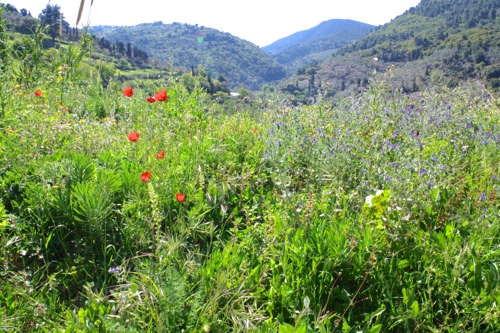
More new flowers have been added, which have no more in common than they all flower in the spring:


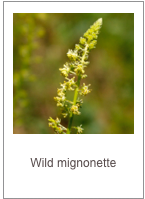

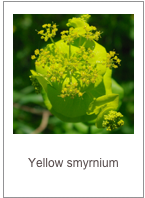

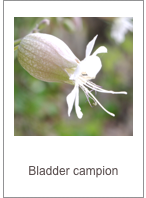

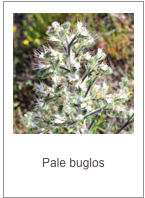

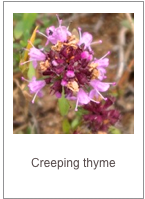

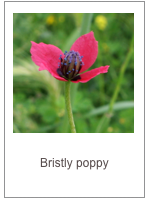

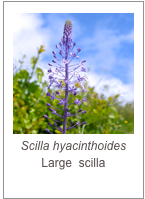
Many more flowers can be found on Flower Index page.
Wallflowers, wallflowers, growing up so high....
26 March 2017
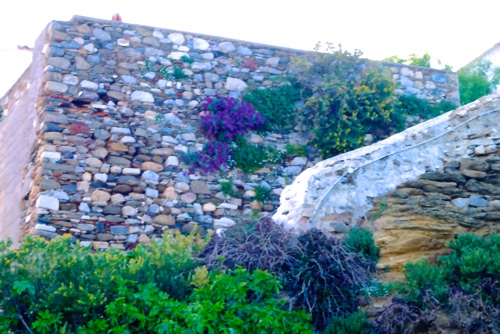
The new plants added for spring all have a predilection for growing in walls. They vary from the humble but elegant ramping fumitory (Fumaria capreolata) to the troublesome weed pellitory-of-the-wall (Parietaria judaica) and the inconspicuous but pretty pale speedwell (Veronica cymbalaria) and the delightful ivy-leaved toadwort (Cymbalaria muralis). A more striking flower, which is often referred to by the name wallflower is the bright purple stock, Matthiola incana,........ click on boxes below to go to page of the flower.
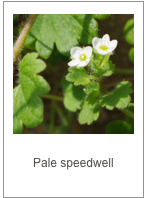

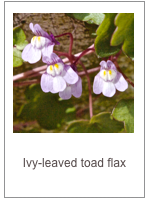

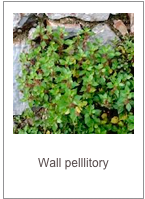

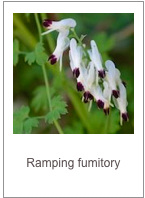

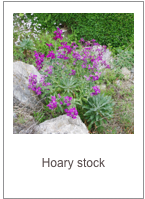

Know your onions!
28 January 2017
Wild alliums are the forerunners of the important vegetables, onions, leeks and garlic which add sustenance and flavour to the worlds cuisine. They also occur as garden flowers which are often followed by attractive seed heads. Four species of wild allium are found on Skopelos, with three new flowers added this month............... click on boxes below to go to page of the flower.
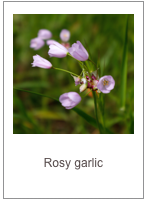

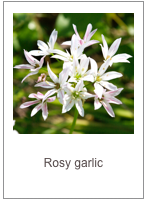

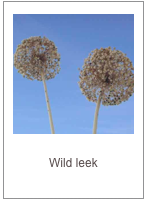

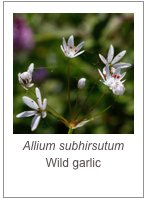
3 January 2017
New page added for the New Year
The Mediterranean is highly specialised biome which occupies only 2.2 percent of the earth's surface, but contains 20% of the worlds plant species.1 The complex interaction of environmental factors has created a unique but fragile ecosystem, characterised by a mosaic of interacting and interdependent plant communities, which host a large variety of vascular plants including many rare taxa (species and sub-species), some of which are threatened with extinction....more
Now more than 250 flowers and trees
